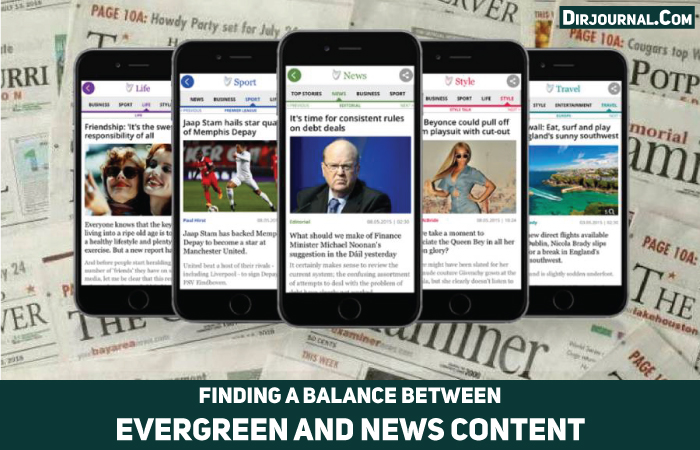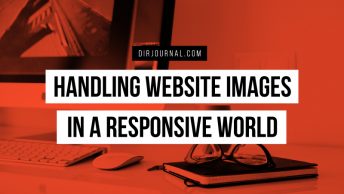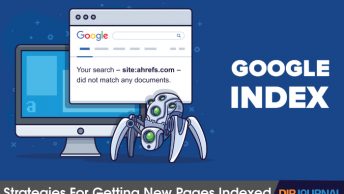When you are building a website, a key element is deciding what type of content is best and how to build it into the site architecture. I like to think content comes in three different flavors evergreen, news/current events, and linkbait/viral content.
Evergreen Content
Evergreen content, like evergreen trees is “green” all year. It doesn’t have a limited shelf-life and should really be the cornerstone of the information on your website. Sometimes evergreen content falls into simple instructional style posts, like “How do I change a flat tire” or “What is the Best Way to Store DVDs“. In other cases evergreen content can become the cornerstone of your website, becoming a truly valuable industry resource. This is a subset of evergreen content sometimes known as flagship content. Flagship content is the hardest thing to create and should not be rushed. The advantage is it gives you something to link to internally for years to come. Examples of flagship content could be:
- A list with short bios for every driver who has ever won the Daytona 500 on a racing website.
- Recipe with step by step instruction and pictures of how to make fondant icing on a cooking website.
- A step by step walk-through of how to hang wall paper – with video how to.
Flagship content should be the same as a really great Wikipedia page without any of the inaccuracies or petty bickering 🙂
News & Current Events Content
News content is anything that is time related, time sensitive or deals with industry current events. That’s not to say it can’t be scheduled but generally speaking it has a very short lifespan of usefulness. As an example “How to bake cupcakes” would be evergreen, “How to bake Halloween cupcakes” would be more news/current events focused. If your website has a blog this is most likely where that type of content should go.
Linkbait and Viral Content
Linkbait or viral content is content that is a bit edgier, shocking, provocative, funnier, entertaining or in some way more compelling than standard content. It’s the kind of thing that’s popular on social bookmarking sites or that your really annoying friends forward to you in chain letters where they forgot to use BCC so everyone can see your email address. It’s content that’s written specifically for attention and links. Viral Content can fall into the evergreen category “50 Funniest Car Commercials” or the news category “5 most ridiculous things automotive CEO’s said at the bailout hearings“.
Pulling the Content Together
The key is working all three areas simultaneously to your advantage. Come up with your big list of evergreen and flagship content, and prioritize it. If you’re a new site decide what you need before launch and what you can add after launch. Decide what’s an acceptable and maintainable schedule for news and current events. Some industries may require more frequent short posts, some less frequent longer posts. The best is a hybrid strategy that mixes less frequent longer in depth news and current events with frequent daily coverage.
Every content strategy should integrate some form of viral content, again the key is finding the mixture that’s right for you. Some industries can get away with one viral post a week, for others once a month is the right time frame. Experiment and find a schedule that you have the time, money and resources for. Don’t focus on creating viral content that keeps targeting the same user base. Grow and expand into other areas “10 Fastest Production Cars” would work on Digg or Reddit, “10 Cars with the Smallest Carbon Footprint” for green sites, and “10 Most Beautiful Car Advertisements” (with pictures) for stumbleupon.
Content creation should be thought of as an ongoing process, not something that’s done at sight launch and then forgotten. It’s something that has to be nurtured over the life of a website.








[…] at DirJournal, Michael Gray puts it very […]